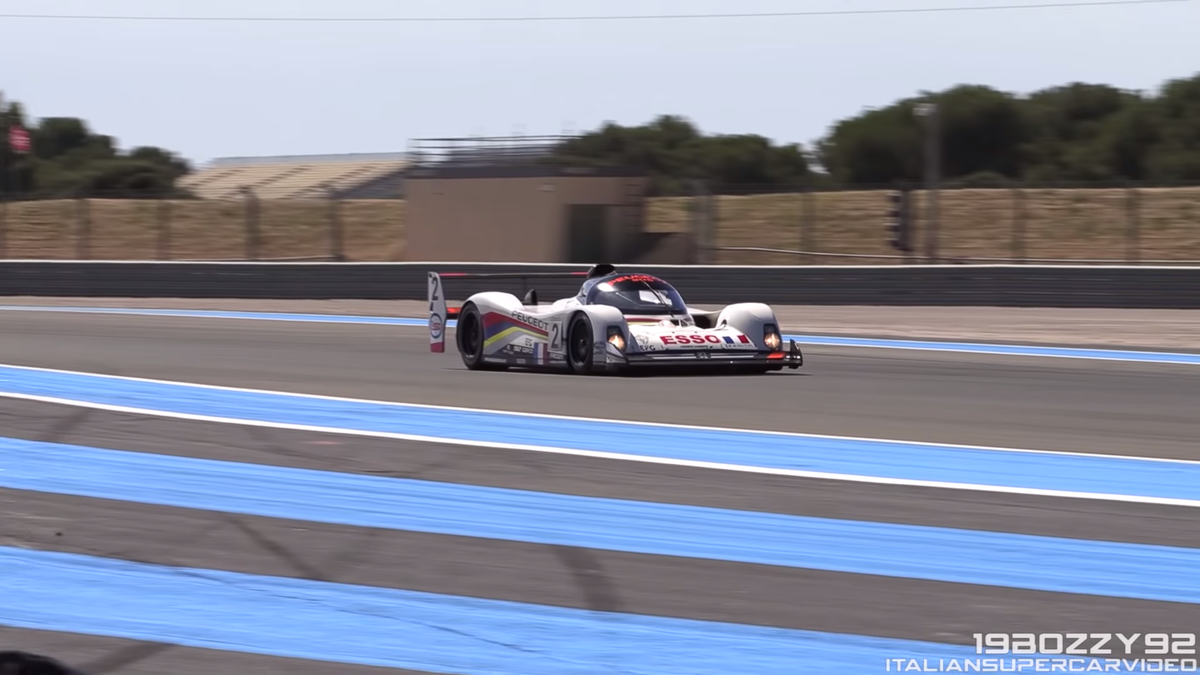rintihoh.blogspot.com

Adblock test (Why?)
"car" - Google News
September 09, 2021 at 12:13AM
https://ift.tt/3nmfq3M
Very Good Car Alert - Jalopnik
"car" - Google News
https://ift.tt/2SUDZWE
https://ift.tt/3aT1Mvb
Bagikan Berita Ini


 What Car Offers The Best Escape From Your Family During The Holidays? - Jalopnikrintihoh.blogspot.com
[unable to retrieve full-text content]
What Car Offers The Best Escape From Yo… Read More...
What Car Offers The Best Escape From Your Family During The Holidays? - Jalopnikrintihoh.blogspot.com
[unable to retrieve full-text content]
What Car Offers The Best Escape From Yo… Read More... Number of car dwellers escapes official counts, and there's no law saying it's illegal - Colorado Springs Independentrintihoh.blogspot.com
[unable to retrieve full-text content]
Number of car dwellers escapes official… Read More...
Number of car dwellers escapes official counts, and there's no law saying it's illegal - Colorado Springs Independentrintihoh.blogspot.com
[unable to retrieve full-text content]
Number of car dwellers escapes official… Read More... Sleeping in a car is a step above the pavement, but comes with its own unique dangers - Colorado Springs Independentrintihoh.blogspot.com
[unable to retrieve full-text content]
Sleeping in a car is a step above the p… Read More...
Sleeping in a car is a step above the pavement, but comes with its own unique dangers - Colorado Springs Independentrintihoh.blogspot.com
[unable to retrieve full-text content]
Sleeping in a car is a step above the p… Read More... Niles police advise to lock car doors after break-ins - WKBN.comrintihoh.blogspot.com
[unable to retrieve full-text content]
Niles police advise to lock car doors a… Read More...
Niles police advise to lock car doors after break-ins - WKBN.comrintihoh.blogspot.com
[unable to retrieve full-text content]
Niles police advise to lock car doors a… Read More... TV tonight: a deep dig into Tesla’s electric car revolution - The Guardianrintihoh.blogspot.com
[unable to retrieve full-text content]
TV tonight: a deep dig into Tesla’s ele… Read More...
TV tonight: a deep dig into Tesla’s electric car revolution - The Guardianrintihoh.blogspot.com
[unable to retrieve full-text content]
TV tonight: a deep dig into Tesla’s ele… Read More...
0 Response to "Very Good Car Alert - Jalopnik"
Post a Comment